Europe-China Forum
Next event In person & livestreamed
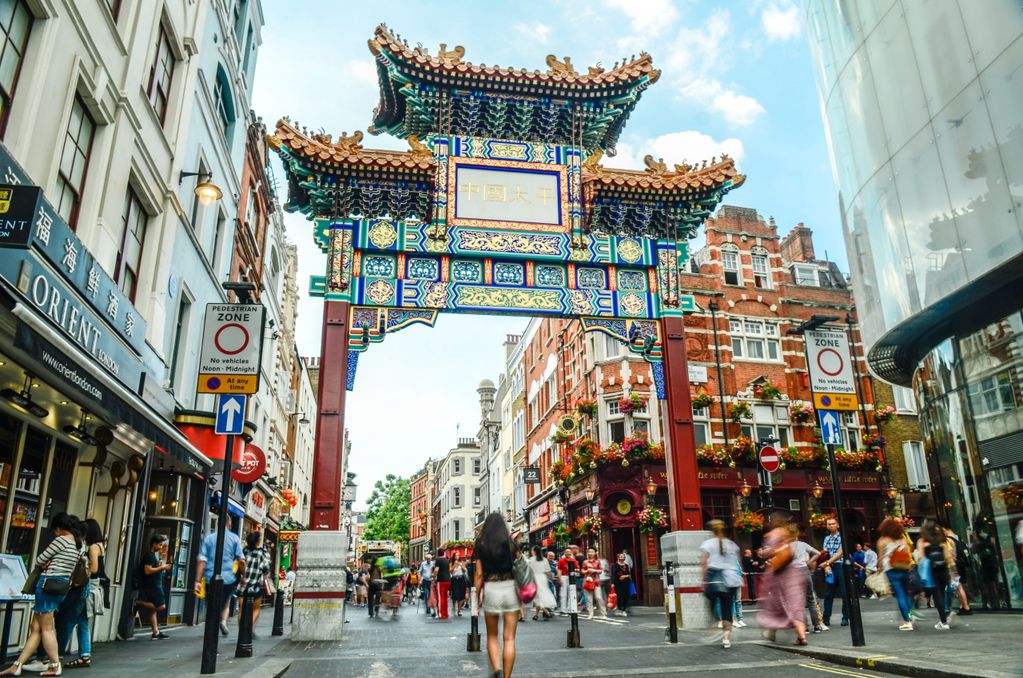
- Area of Expertise
- Global Europe
Global Europe

Professor at the School of Social and Political Sciences at the University of Melbourne
Two advanced regional bodies – the European Union and the Association of Southeast Asian Nations (ASEAN) – have the opportunity to form the core of a co-regional approach to managing challenges in a crowded Asia Pacific, with many powers seeking to influence and even dominate the region.
While the United States has withdrawn its support for multilateral rules and order, it remains a key player in the Asia Pacific. China is increasingly proving that it is as much of a norms-promoter as is the EU, with its Asian Infrastructure Investment Bank and the Silk Road/One Belt One Road Initiative. Russia is also seeking to increase its military and Internet presence in the region.
Despite these obvious signs of interests from several parties, there are opportunities for regional bodies to play a role in managing the challenges in this crowed space. The EU and ASEAN could take a strong co-regional approach. In this shared neighbourhood, they could progress from asymmetric regionalism to co-regionalism.
There are opportunities for regional bodies to play a role in managing the challenges in this crowed space
The EU remains an insider-outsider in the region. It is a key economic player and provider of development aid and humanitarian assistance, and it seeks to be involved in security issues, as the EU High Representative Federica Mogherini has made clear since her 2015 Shangri La speech to an Asian audience in Singapore. But although the EU is the most important player in its own region, in the Asia Pacific, ASEAN-led arenas of interaction are the most important security fora – and it is here that great powers can be found. Nowhere is this more evidently demonstrated than at the East Asia Summit (EAS) which includes the US and Russia and excludes the EU.
Instead of being disappointed at this exclusion, however, the EU and ASEAN could develop a niche approach to non-traditional security that is co-regional. Neither of the two blocs is a leader in the Asia Pacific: the EU is not recognised as a key actor, and ASEAN’s capacity to influence the behaviour of, and manage, great powers within the frameworks of the ASEAN Regional Forum and EAS has been questioned in recent years. Yet the EU and ASEAN could act together in a space that has competing multilateral institutions and trade patterns.
The EU could strengthen its niche role by strengthening its presence in a number of ways. First is the deepening of economic ties and free trade agreement negotiations. The second includes the accompanying agreements that range from strategic partnerships to Framework Agreements. The third is the carving out of its political role including norms-promotion with ASEAN. The fourth is security, taking up a great deal of energy and effort at the European External Action Service (EEAS). The EU is highly regarded as an effective non-traditional security actor, but it needs to reflect on the areas it should focus on and evaluate where it can do its niche work.
Cooperative regional structures must always complement rather than confront power dynamics, and these co-regional structures may be difficult to build in a region where dynamics are leaning towards rivalry and competition. Nevertheless, the EU and ASEAN have managed to build up an engagement based on trust.
A co-regional approach is needed to deal with many non-traditional security problems
ASEAN is seen as a driver for regionalism, including security regionalism, in its region. But it is neither a leader nor a dominant force in security – in fact, it is often referred to as being in the driver’s seat in Asian regionalism. And this is where the EU could play its part.
Although the EU and ASEAN cannot play a pivotal role in regional leadership, a co-regional approach is needed to deal with many non-traditional security problems: the two blocs have now an opportunity to demonstrate that they could co-lead a regional order on non-traditional security. Both could work more within, and alongside, the ASEM framework to promote sharing of resources, capacity and expertise for these issues. By pooling their efforts, the EU and ASEAN could overcome limits to resources, capabilities and capacity. They could work together on an enhanced regional consensus on leadership, membership, mandate and sustainability of emerging and current structures to deal with pressing problems of non-traditional security issues. Both the EU and ASEAN can be credible regional co- actors precisely because they are not hard powers.
So there is scope for a fresh co-regional framework that is firmly based on non-traditional security and consolidates existing engagement. This includes natural disasters; food security; water security; pandemics; humanitarian assistance; energy supply; environmental pollution and cyber security. The EU and ASEAN already work together on many of these issues – now they could establish a framework for the region that does not require membership of the EAS but that could be a nucleus within ASEM.
Such an approach might well be useful if ASEAN and the EU choose to focus on non-traditional security, on joint regional leadership and on the use of summitry for clear declarations of joint positions rather than being bypassed by regional power rivalry.
This article is from Friends of Europe’s discussion paper ‘My ASEM wishlist: how Asia and Europe should really be working together’, in which we go beyond officialdom and seek out ‘unusual suspects’ – students, teachers, activists, journalists, think tankers, etc. – who consider where they would like the state of Asia-Europe relations to be by 2030 and what the two continents should do to get there.
Next event In person & livestreamed

Past event
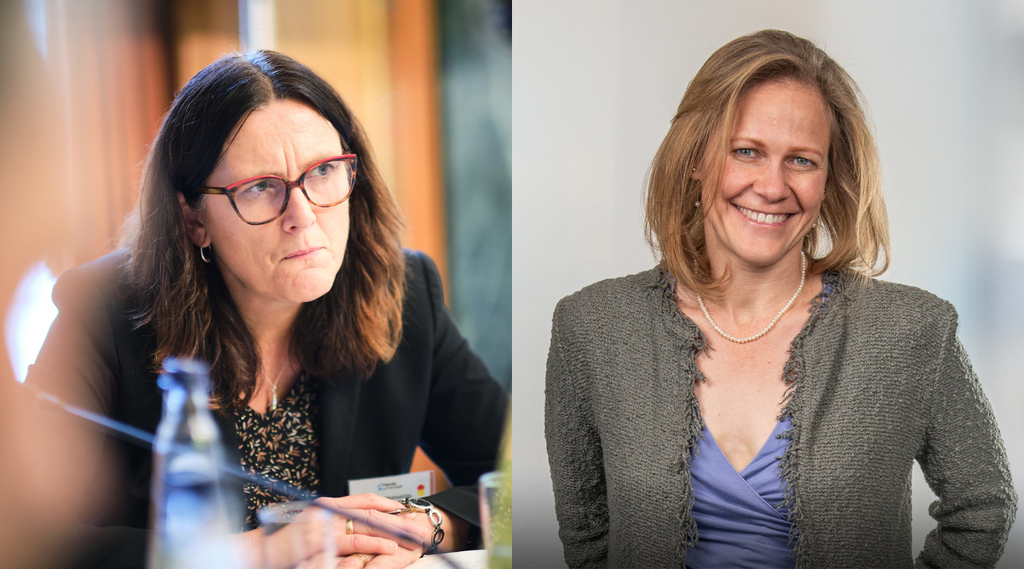
Past event Online

Past event IN PERSON & ONLINE

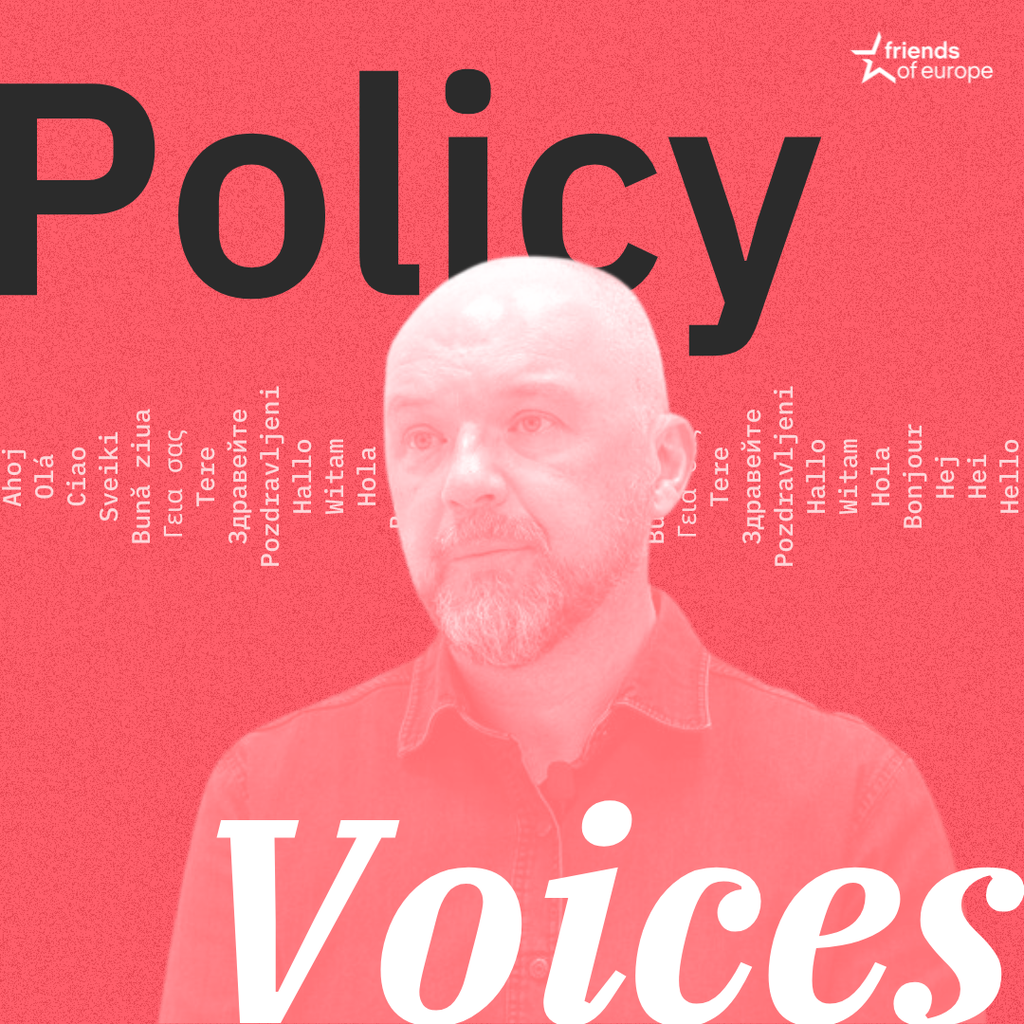
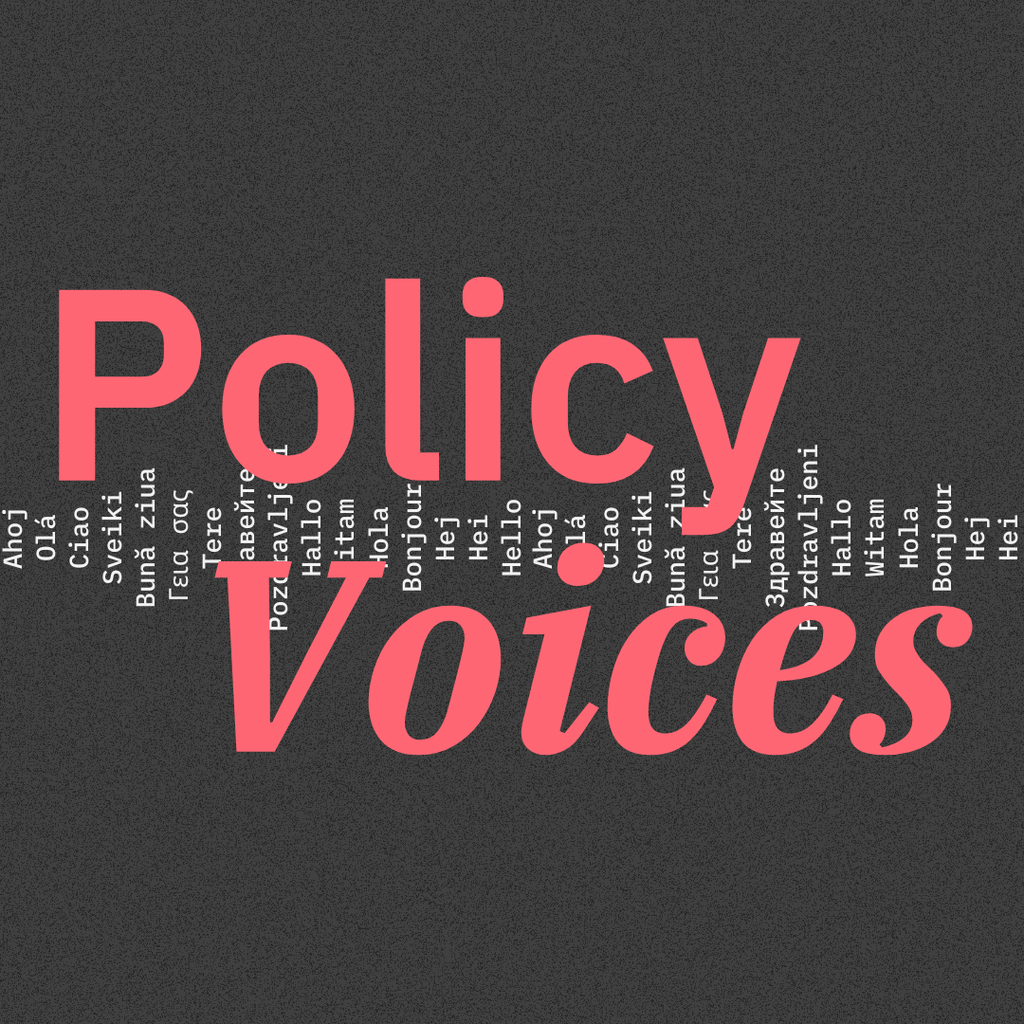
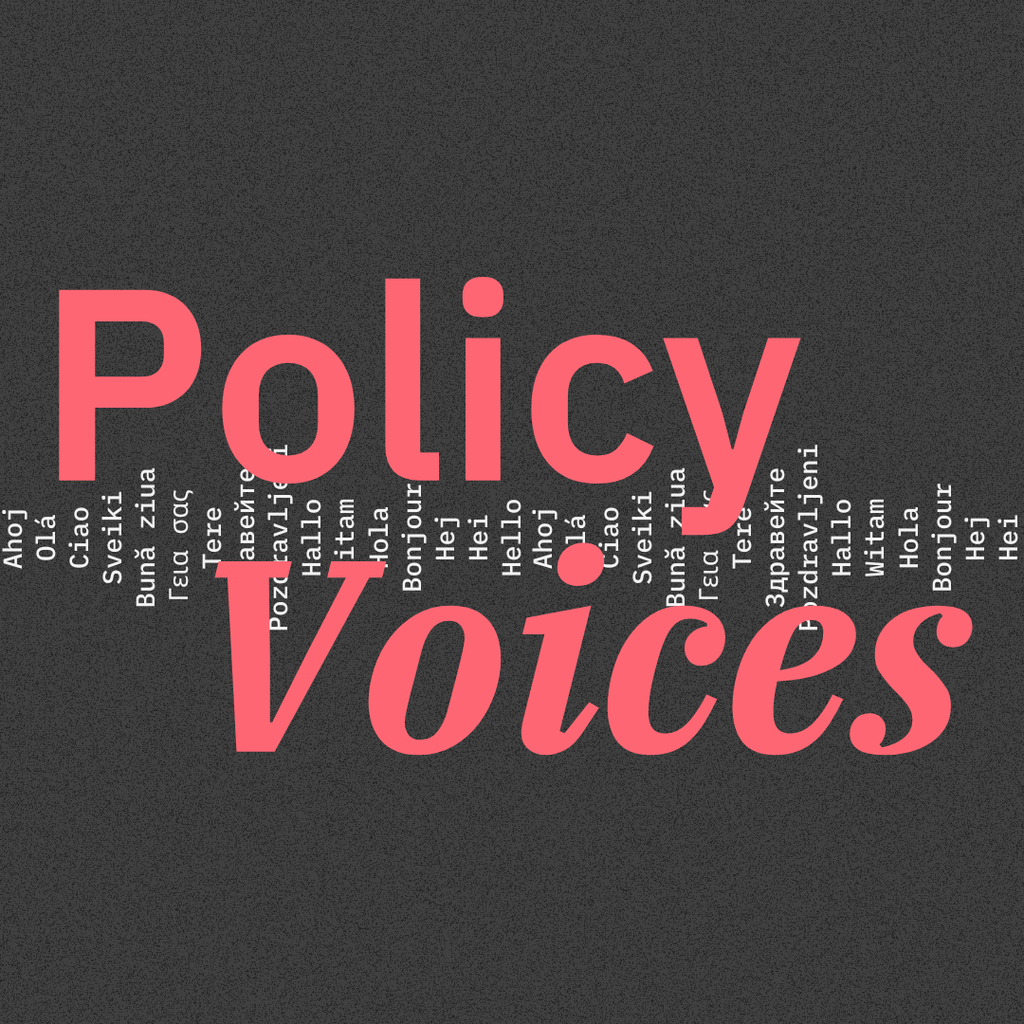

Stay informed
We use cookies and similar technologies to adjust your preferences, analyze traffic and measure the effectiveness of our campaigns. Learn more about our privacy policy.